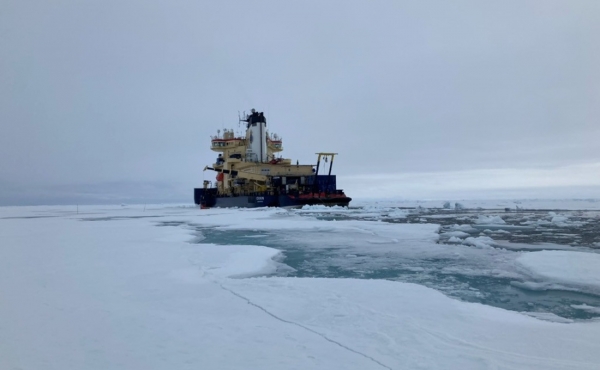Researchers from the University of Copenhagen have discovered an important phenomenon beneath the Arctic sea ice that was previously thought impossible.
Researchers from the University of Copenhagen have discovered an important phenomenon beneath the Arctic sea ice that was previously thought impossible. This phenomenon could have implications for the food chain and the carbon budget in the cold north.
The shrinking sea ice in the Arctic Ocean is, overall, a disaster. But paradoxically, the melting of the ice can also fuel the engine of the Arctic food chains: algae.
Algae are the main food source for life in the sea, but they need nitrogen to grow. And nitrogen is in short supply in the Arctic Ocean. However, a new international study led by the University of Copenhagen indicates therewill probably be more of it in the future than previously thought. This could change the future prospects for marine life in the High North and possibly for the carbon budget.
The researchers are the first to discover that the phenomenon of nitrogen fixation occurs beneath sea ice even in the central Arctic Ocean. Nitrogen fixation is a process in which special bacteria convert nitrogen gas (N2) dissolved in seawater into ammonium. Ammonium helps the bacteria to grow, but it also benefits algae and the rest of the food chain in the sea.
Read More: University of Copenhagen
Image: Measurements were taken at 13 different locations in the Arctic Ocean (credit: Lisa W. von Friesen).




